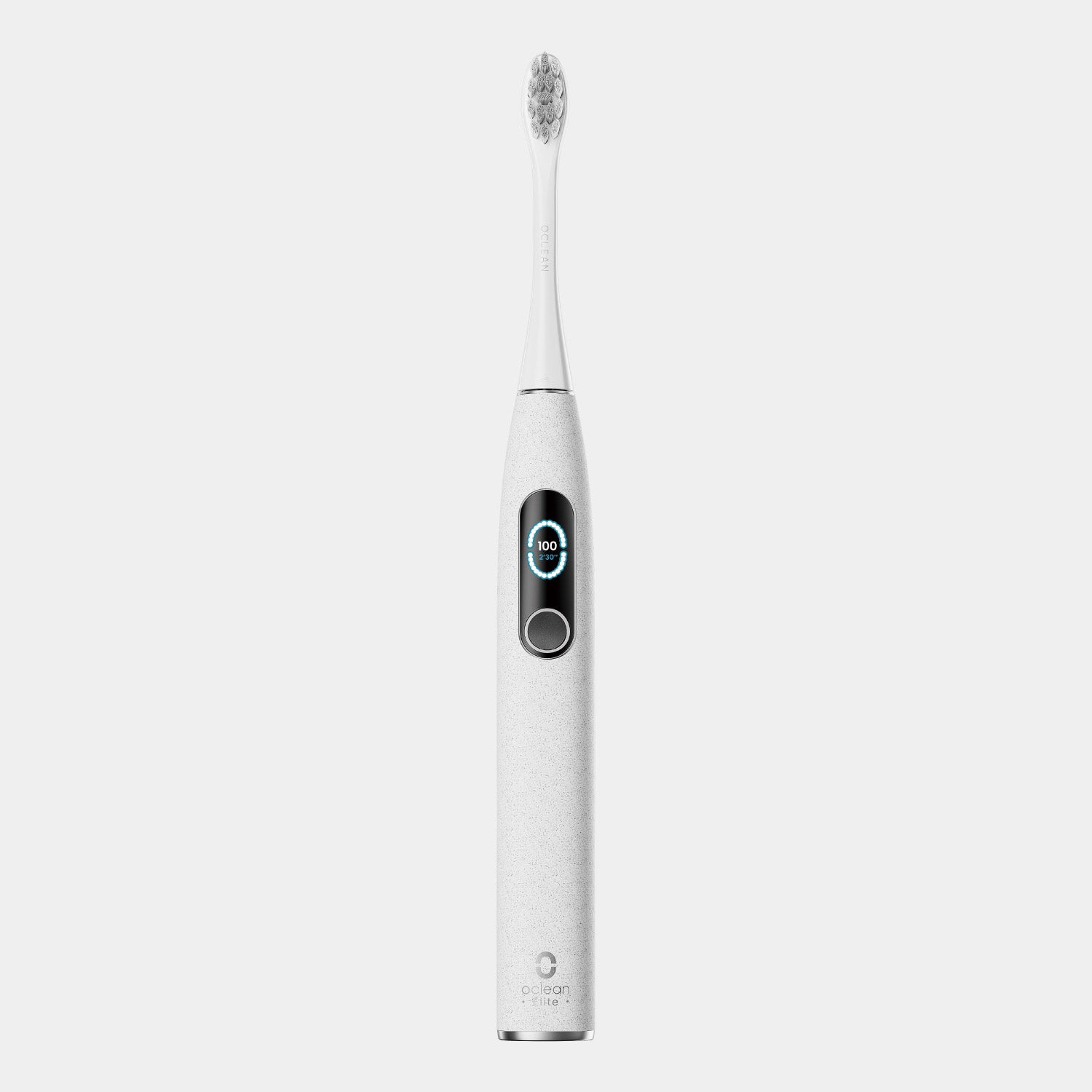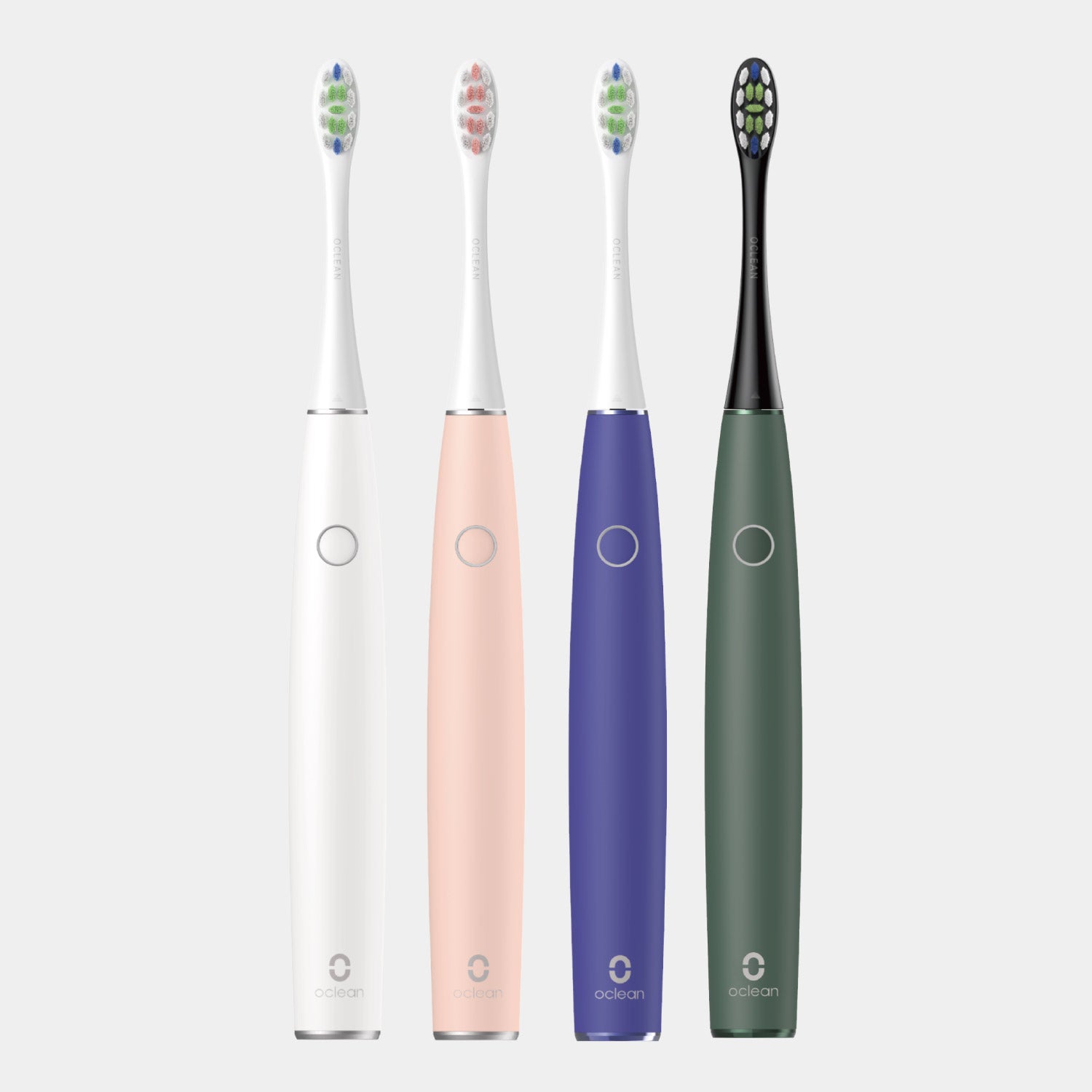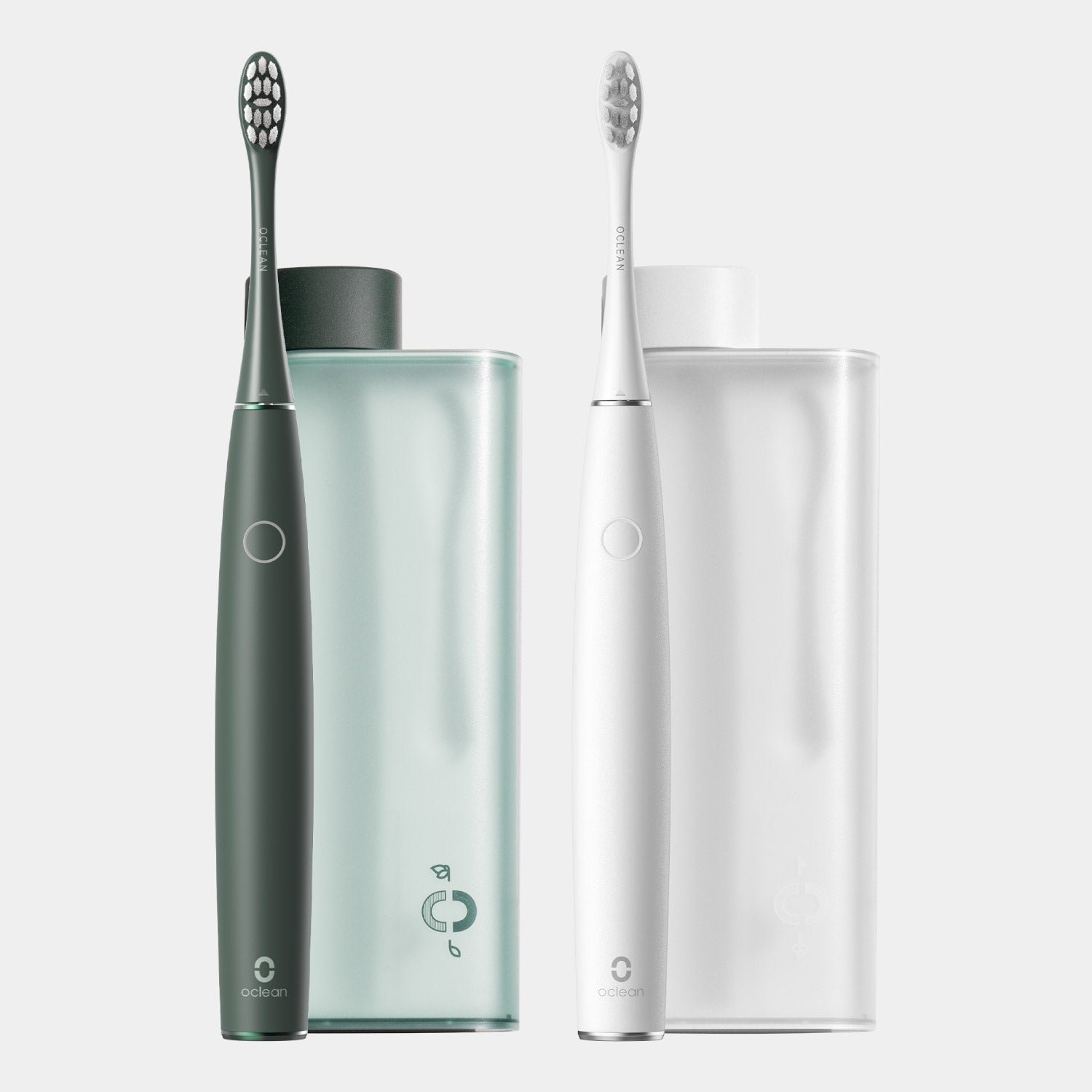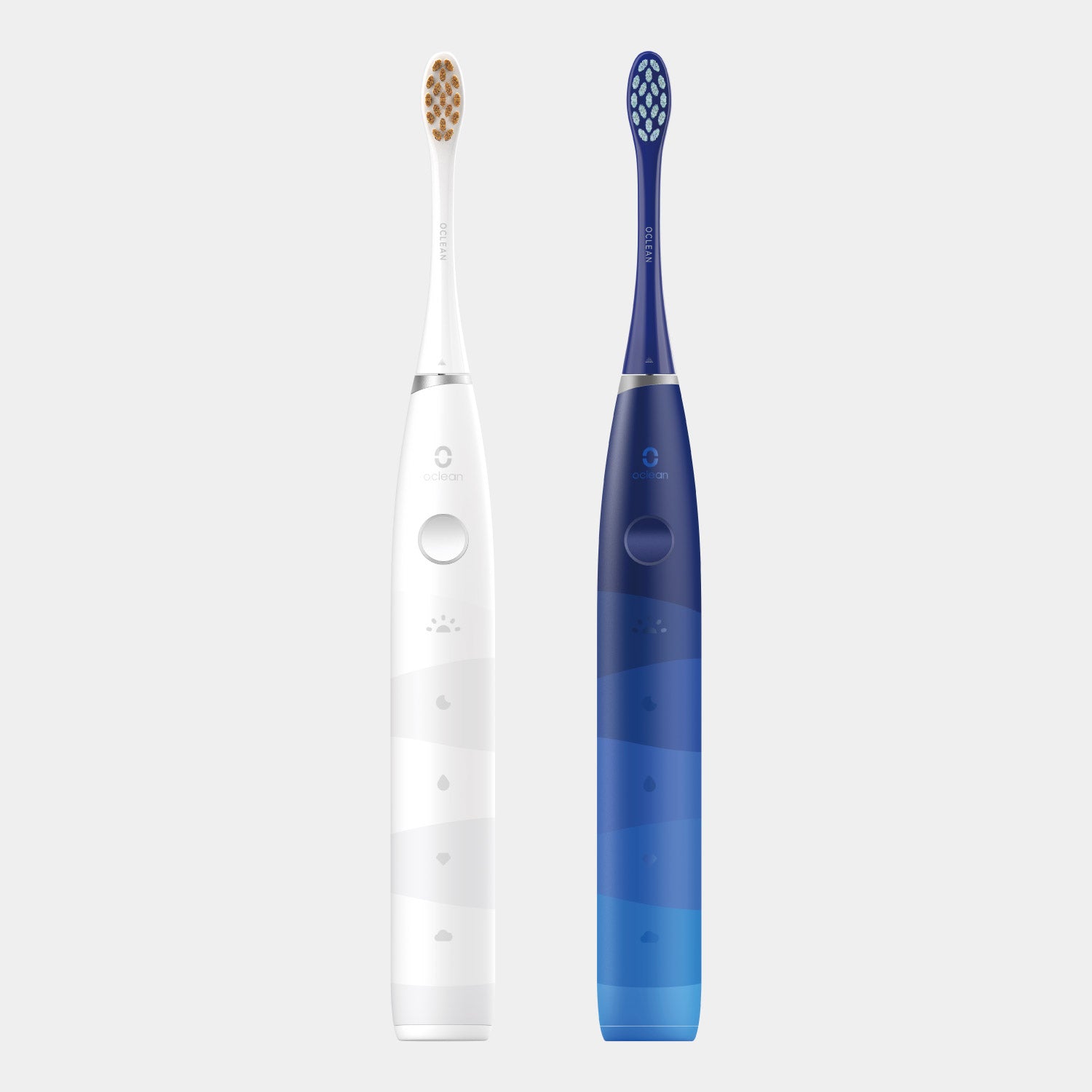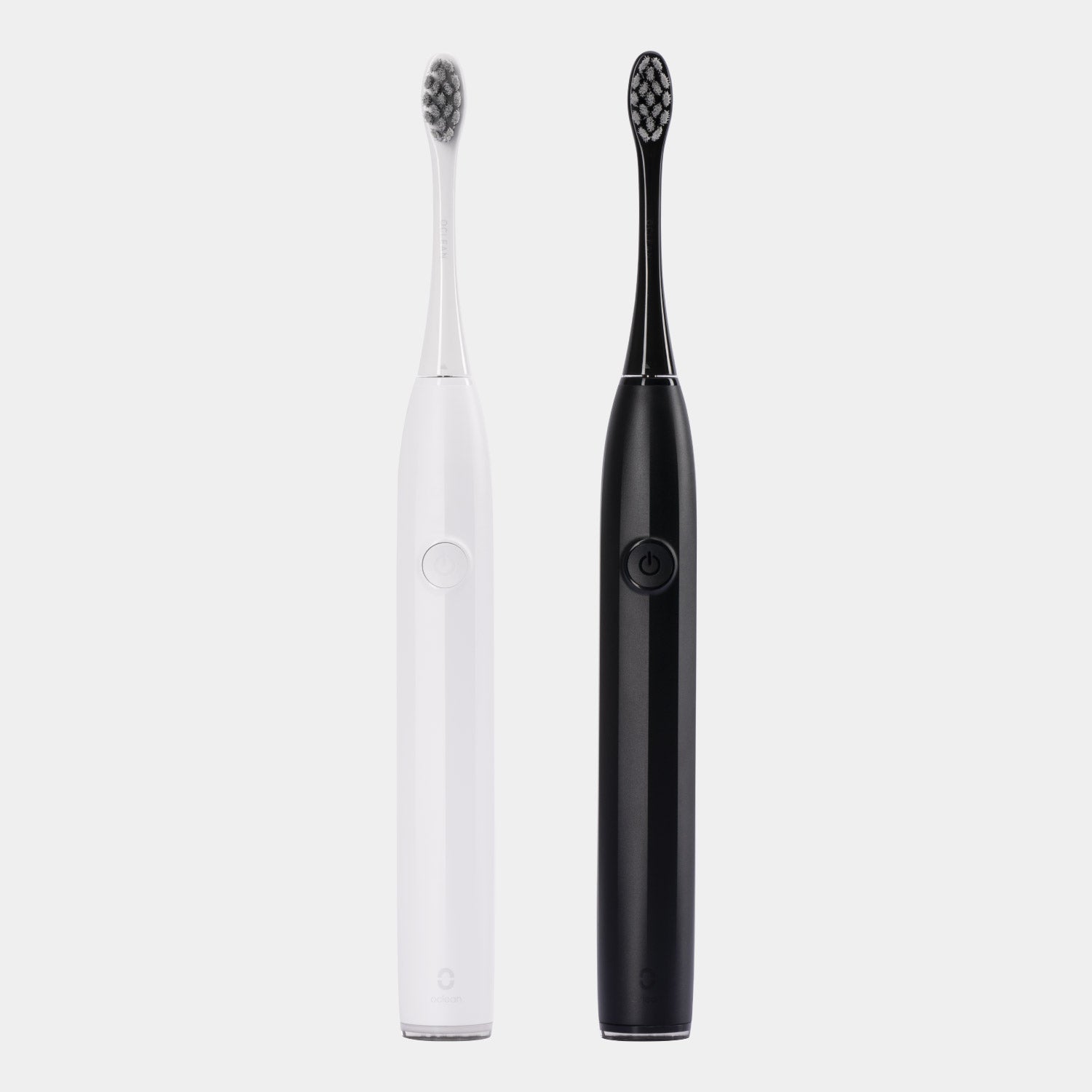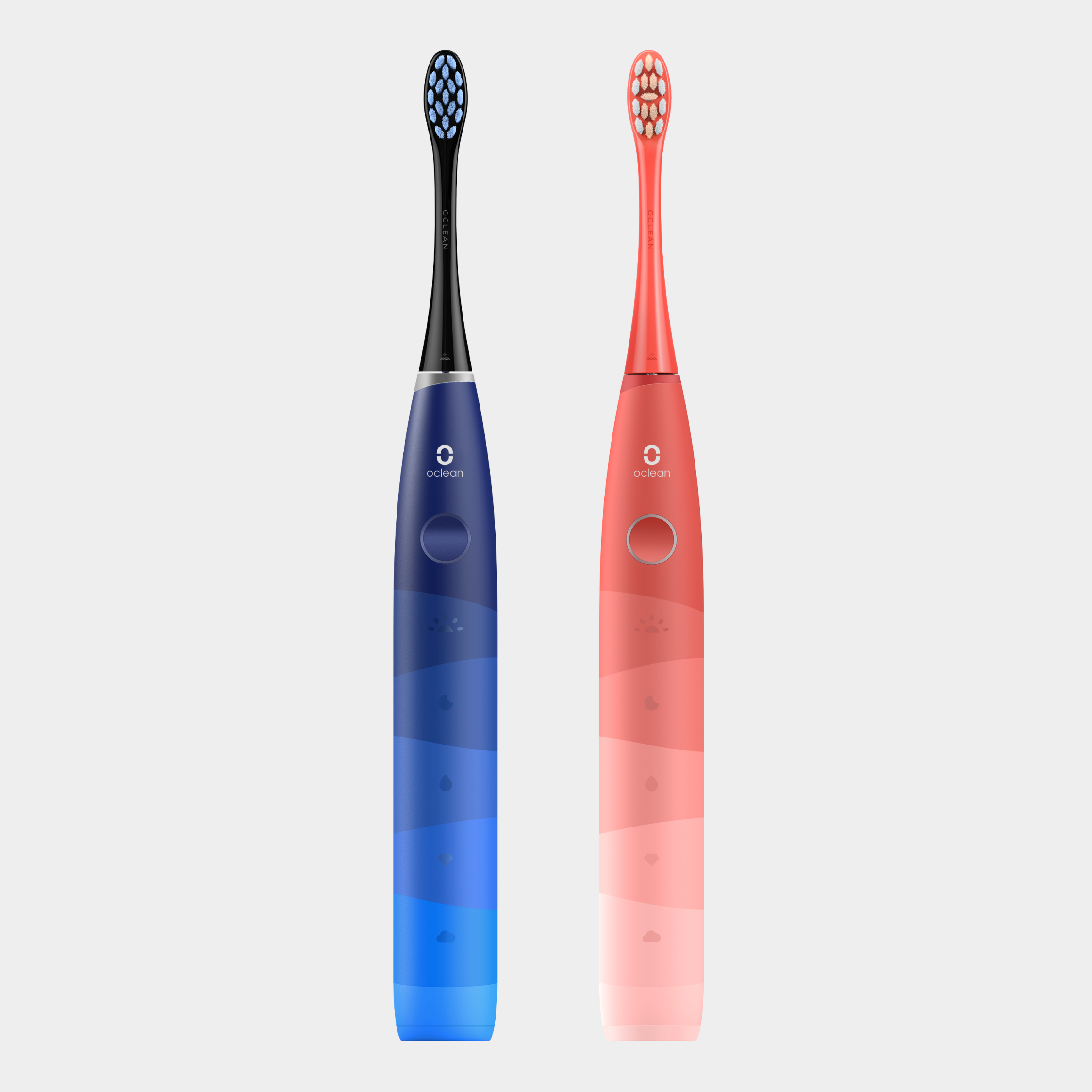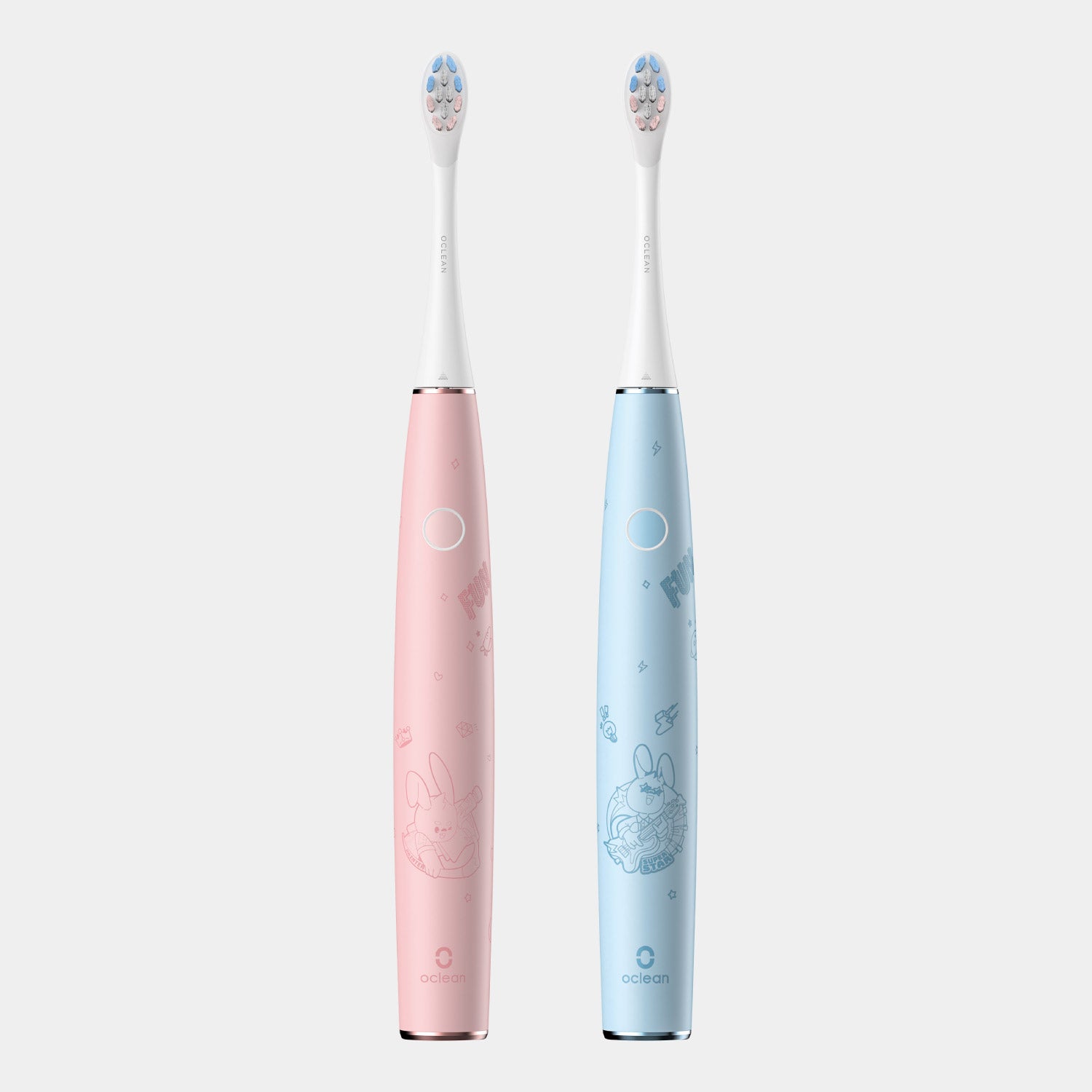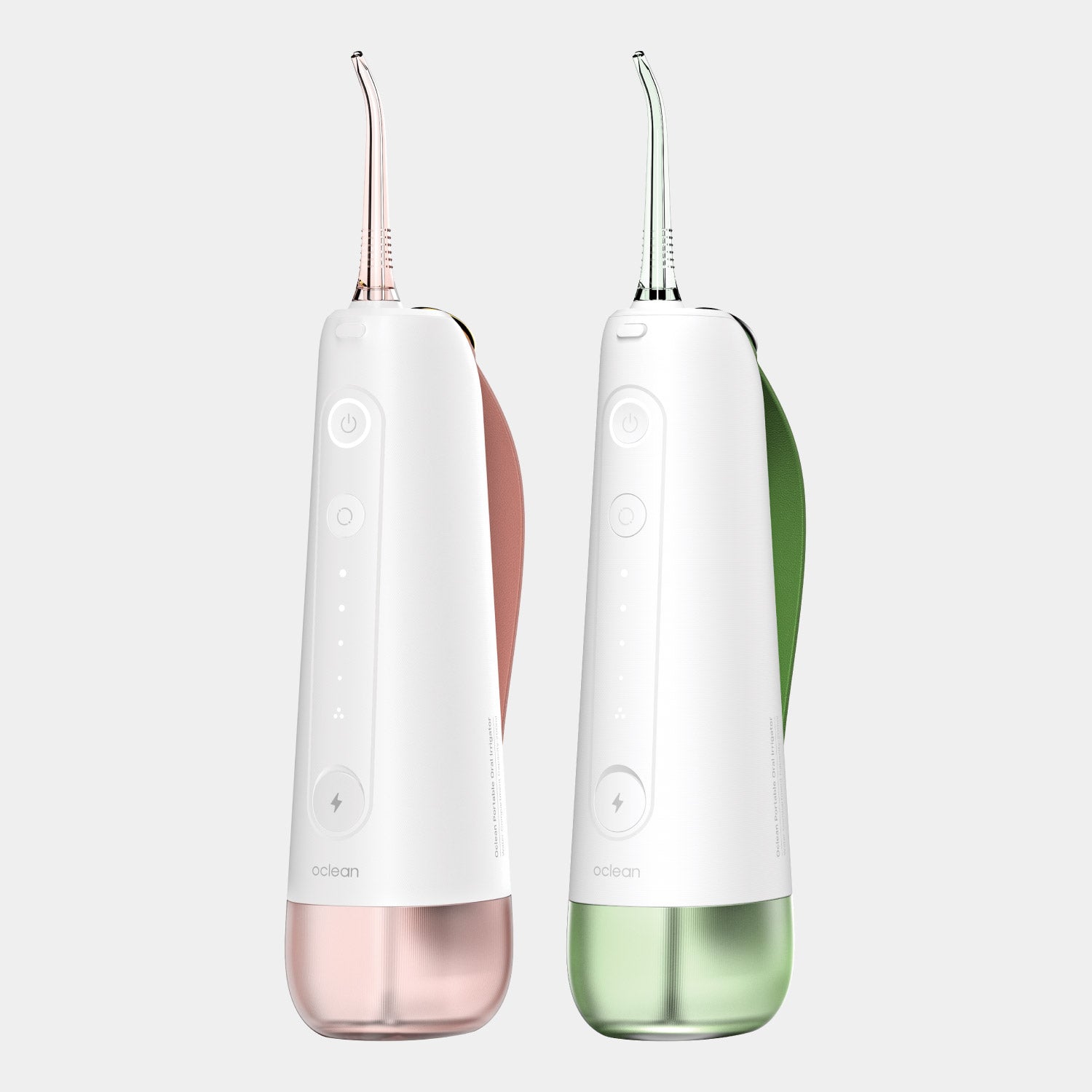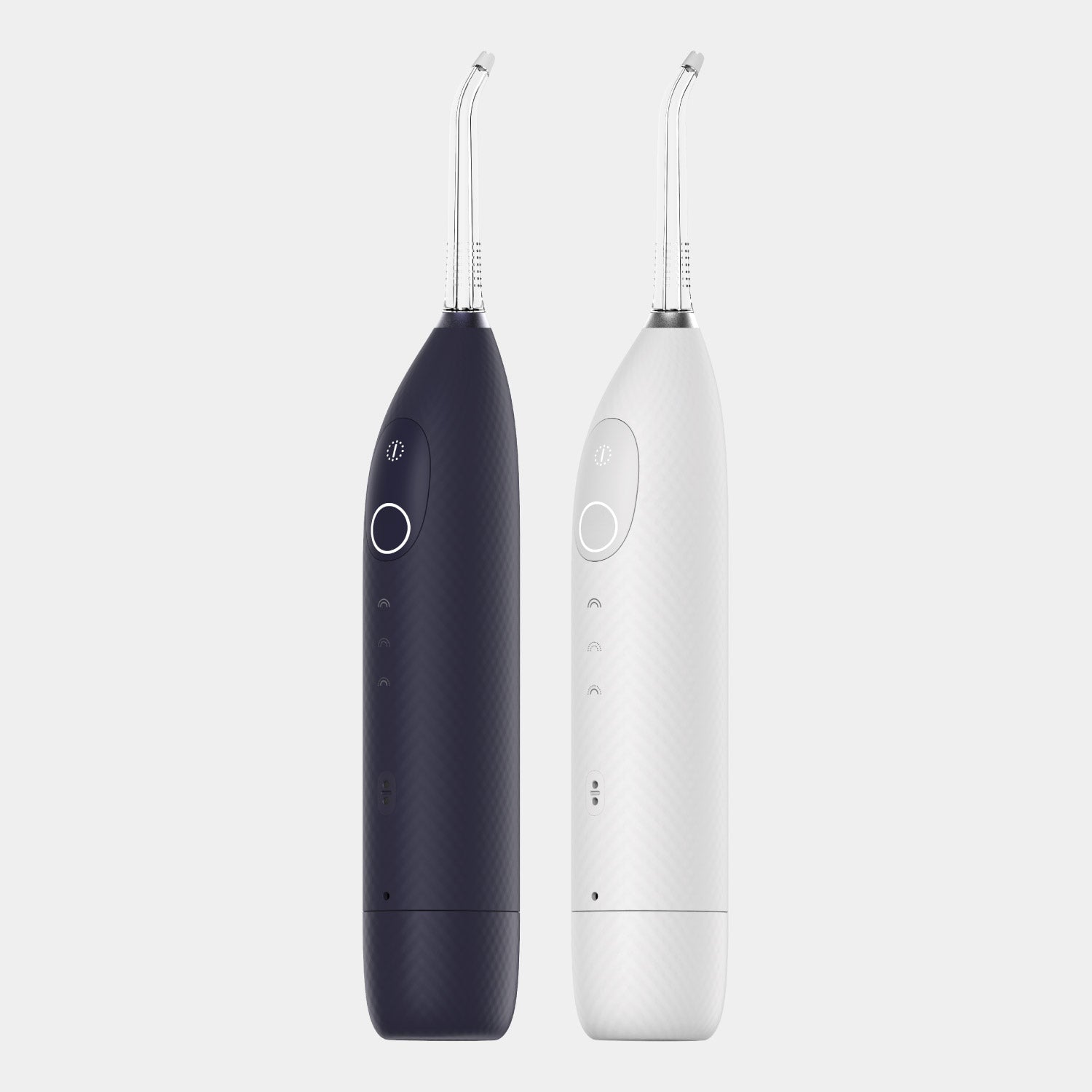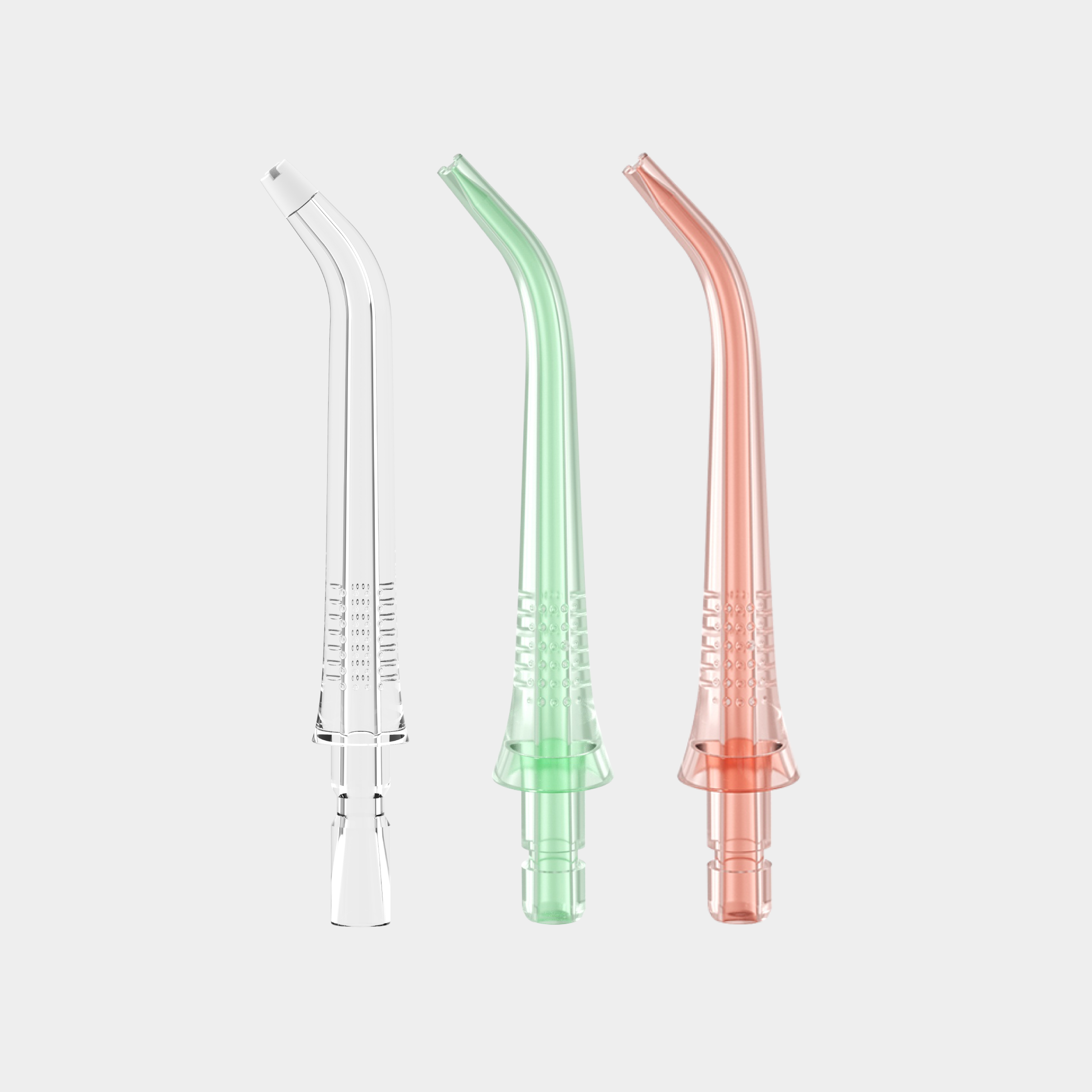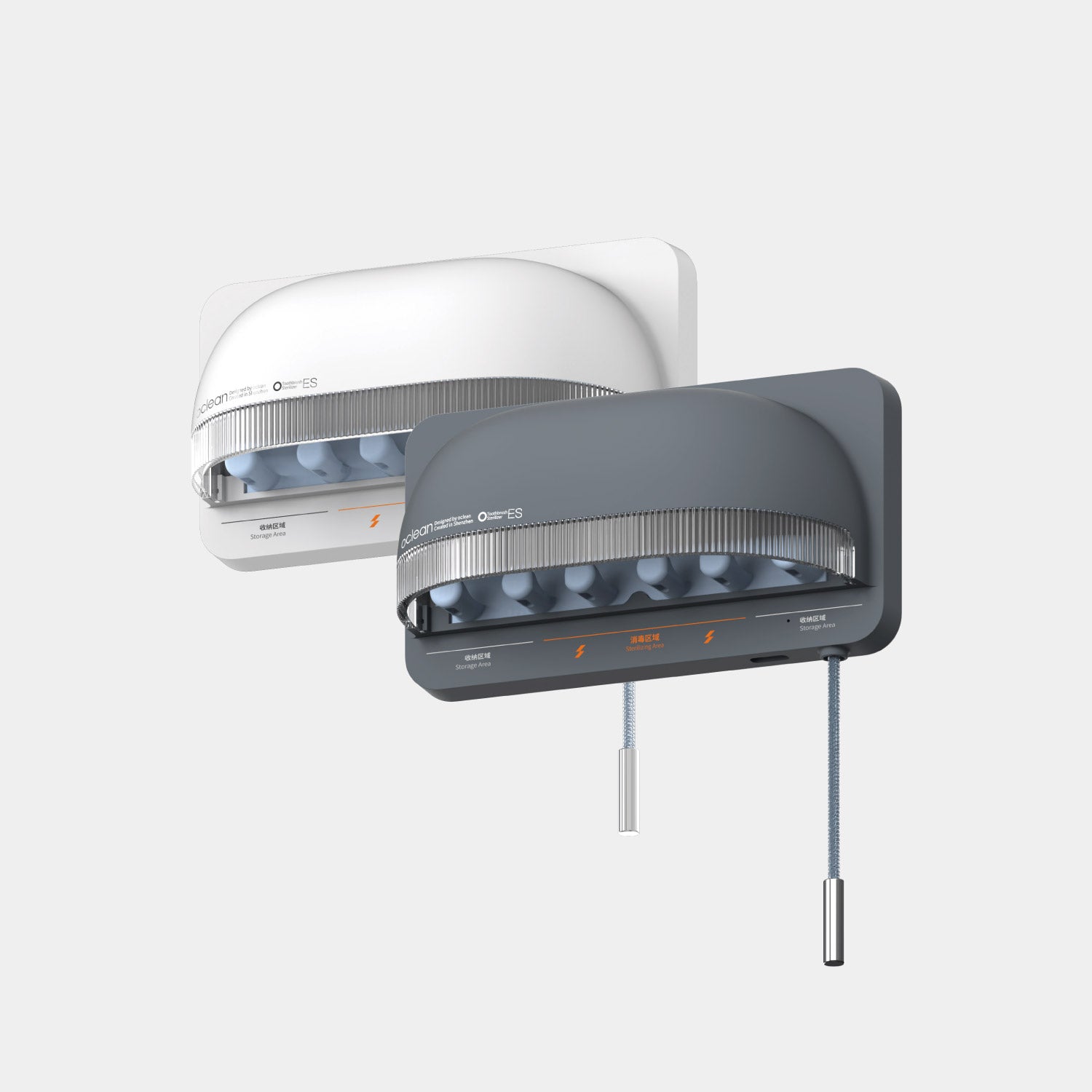It is vital to practice proper dental care when COVID-19 recovery ends because this action protects your health while keeping further infections at bay. A toothbrush needs proper cleaning after use since it stores bacterial and viral contamination, yet many people ignore this task. A powerful UV toothbrush sanitizer will be recommended as part of the advice, which will be followed by instructions for proper post-COVID-19 brush cleaning techniques.
Why is it important to clean your toothbrush after COVID?
Through droplet transmission, COVID-19 can infect various common objects, including your toothbrush and virus may hides in the bristles of your brush. A study of hundreds of households over 15 days discovered that more over half (55%) of COVID-positive patients who shared a toothbrush spread the virus their families.

Prevention methods ensure the infection stays outside of your body despite the variable time the virus survives on surfaces.
The continuous use of your toothbrush allows it to collect different types of contaminated microorganisms, which include germs and fungus. The correct cleaning process leads to better oral hygiene, and it reduces cross-contamination risks while supporting general health.
Step-by-Step Guide for Sterilizing Your Toothbrush
1. Change your toothbrush if needed
When recovering from COVID-19 infection, the most effective thing to do is replace your toothbrush immediately. Oral hygiene reaches its highest level with a new toothbrush while stopping reinfection from happening.
2. After every use: Rinse thoroughly
Hot water rinsing of your toothbrush helps remove saliva together with mouthwash and bacteria both before and after brushing. The water flow through the bristles enables the elimination of dangerous microorganisms.
3. Soak in an antimicrobial solution
Symptoms will disappear within ten days as the virus dies away. However, the removal of remaining germs or viruses requires soaking your toothbrush in antibacterial mouthwash or the hydrogen peroxide-water mixture for ten to fifteen minutes. Prolonged soaking of the toothbrush will damage its bristles. Apart than mouthwash and hot water, you could clean your toothbrush with denture cleansing solution.Antimicrobial components in a denture cleaner target germs and plaque developing in your mouth.
4. Use a UV Toothbrush Sanitizer
The Oclean S1 UV Toothbrush Sanitizer is one effective solution among UV toothbrush sanitizers for safe hygiene between brushes. The Oclean S1 UV Toothbrush Sanitizer produces UV light waves that eliminate 99.9% of microbial agents on your toothbrush, preventing its contamination between usage sessions. UV sanitizers help to prevent bacterial and virus buildup, especially through extended use.

5. Don't Share Your Toothbrush
The practice of sharing a toothbrush creates possibilities for transmitting infections between users. Each household member should possess a toothbrush as a way to stop the spread of germs between brushes.
6. Toothbrush Storage rightly
A vertically oriented toothbrush rack located in a well-ventilated area serves the drying purpose during the time between brushing. The storage container should remain closed to minimize bacterial reproduction caused by water moisture.
7. Frequently clean toothbrush holders
Bacterial growth additionally happens in your toothbrush holder. A toothbrush requires weekly cleaning either with soap and water or disinfectant wipes to maintain its hygiene status.
Useful Techniques for Sterilization of Your Toothbrush
Boiling water technique
Drowning your toothbrush head under heated water for two minutes constitutes an effective bacteria elimination method. Heating the bristles too high can eventually result in damage to their structural integrity.
Baking soda and vinegar solution
Your toothbrush can be sanitized using a combination of one teaspoon of baking soda and two tablespoons of vinegar, which will require a 15-minute soak period. The germ-killing method preserves all bristle functions of your toothbrush. Or just moistening the toothbrush and dipping it into a tiny bit of baking soda. Enough baking soda will be picked up by the moist toothbrush for a good cleaning.
Dental cleaning tablets
Dentine cleaning pills bring antibacterial properties which help sterilize toothbrushes. You can prepare a tablet solution that is ready for soaking your brush for 5 to 10 minutes as a straightforward, convenient option.
Value of Sonic Electric Toothbrushes for Post-COVID Oral Hygiene
A sonic electric toothbrush provides better oral care following COVID-19 illnesses. Sonic toothbrushes operate at rates above conventional models. Thus, they remove greater quantities of bacteria and plaque. Sonic electric toothbrushes function well as a tool for individuals with delicate gum tissues and healing from sickness or disease.

Use an Oclean sonic electric toothbrush, which gently on the gums ensures thorough cleaning by delivering high-speed vibrations for the best cleaning.
How often should you replace your toothbrush for oral hygiene? Post-COVID-19
You should replace your toothbrush right after recovering from COVID infection. The method presents the highest level of safety protection.
According to the American Dental Association, proper oral hygiene requires the replacement of toothbrushes every three months. Every individual needs to exchange their toothbrush after disease development, no matter the illness, including COVID or influenza, or other viral infections, to fight virus transmission.
Additional Suggestions for Keeping Your Oral Hygiene in Balance After COVID
· You should pick antibacterial mouthwash, which you must continue using over time.
· Your daily water consumption should be increased to support saliva production because saliva naturally combats bacteria.
· You need to schedule an appointment with your dentist after recovery so they can assess possible dental health problems.

Final Thoughts
One of the easiest yet fundamental health practices includes cleaning your toothbrush after having COVID. Even though conventional cleaning techniques are efficient, the utilization of a UV toothbrush sanitizer such as the Oclean S1 UV Toothbrush Sanitizer provides an additional layer of defense. Using a sonic electric toothbrush provides stronger oral hygiene protection and thus makes your mouth maintenance easier and more effective.
Following these best practices enables you to develop an oral hygiene routine that blocks the movement of dangerous germs in your mouth.



